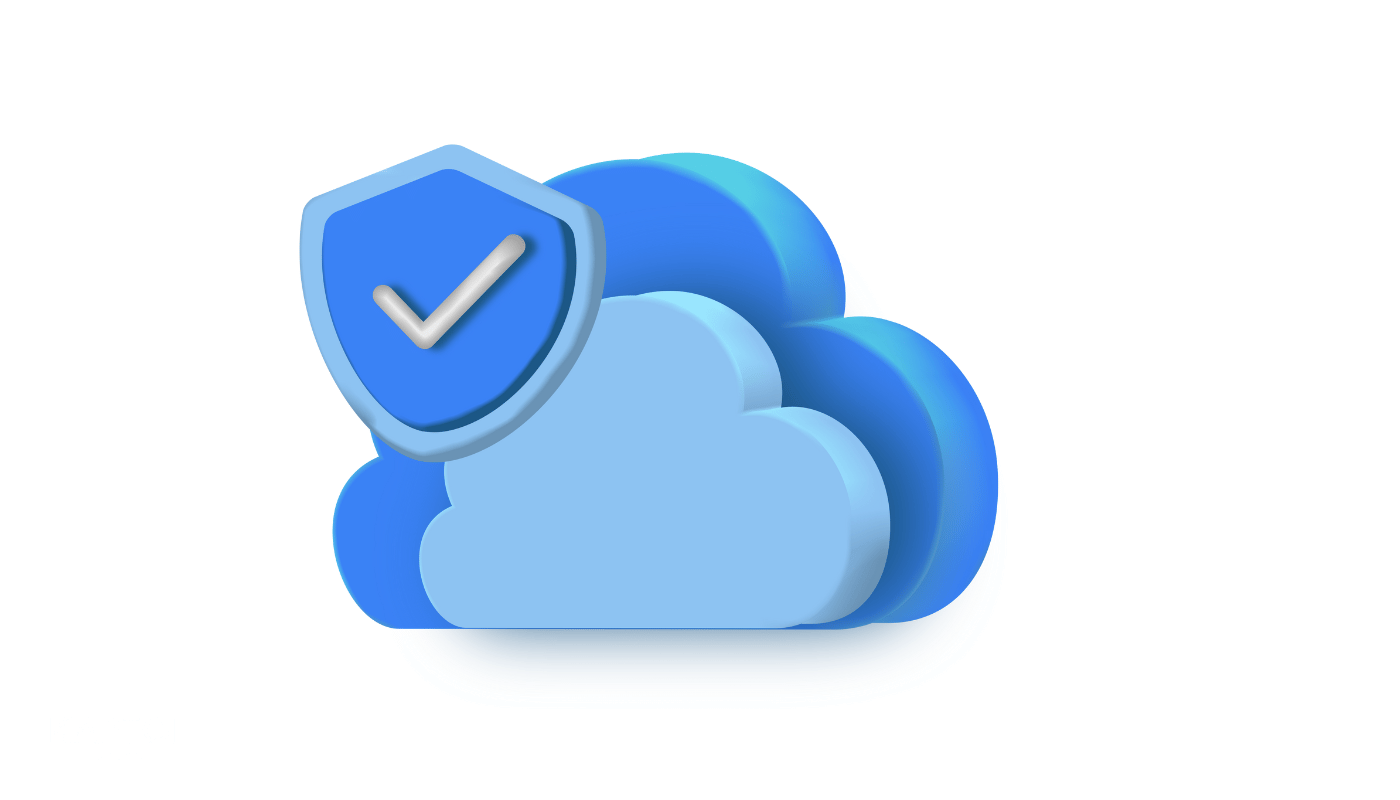Common Cloud Security Concerns
Common Cloud Security Concerns: What You Need to Know to Stay Protected

Cloud computing has reshaped the way businesses and individuals manage, store, and access their data.
With global giants like Amazon Web Services (AWS), Microsoft Azure, and Google Cloud leading the way, cloud adoption is booming—and for good reason. The cloud offers unmatched scalability, flexibility, and cost savings compared to traditional IT models.
But no technology is perfect.
Despite enormous advancements in cloud security, some risks still linger. Understanding these common cloud security concerns—and knowing how to address them—is essential for anyone entrusting their critical data to the cloud.
In this article, we dive deep into the most pressing cloud security concerns, provide real-world examples, and offer practical tips to strengthen your cloud security posture.
1. Data Breaches
Why It’s a Concern
One of the biggest fears around cloud computing is the threat of data breaches. A data breach occurs when unauthorized individuals gain access to confidential information—whether customer data, intellectual property, financial records, or personal information.
Because cloud platforms often host vast amounts of sensitive information for thousands (or millions) of clients, they can become high-value targets for cybercriminals. A successful breach can result in devastating consequences: financial losses, reputational damage, regulatory penalties, and erosion of customer trust.
Real-World Example
In 2019, Capital One suffered a massive breach affecting over 100 million customers. The breach was traced back to a misconfigured AWS server.
Although AWS's security controls were not at fault, the incident exposed how user errors can lead to serious breaches even on secure cloud platforms.
How to Mitigate the Risk
- Encrypt Data: Always encrypt sensitive data both at rest and in transit.
- Use Strong Authentication: Implement multi-factor authentication (MFA) for all accounts and services.
- Monitor Access: Set up detailed logging and monitoring through tools like AWS CloudTrail or Azure Monitor.
- Regularly Audit Permissions: Ensure only authorized personnel have access to sensitive data.
2. Misconfiguration
Why It’s a Concern
Misconfiguration remains one of the leading causes of cloud security incidents today. Misconfiguration occurs when users incorrectly set up their cloud resources, leaving sensitive information accessible to the public internet or exposing it to unauthorized users.
Cloud environments often come with countless options, settings, and permissions, and while this flexibility is powerful, it also introduces complexity. One overlooked setting or unchecked box could inadvertently expose your data to the world.
Real-World Example
A well-known case involved a data leak from Dow Jones, where 2.2 million customer records were exposed due to a misconfigured AWS S3 storage bucket. Again, the issue was not with AWS's security—rather, it was a human error in setting permissions.
Common Misconfigurations
- Publicly accessible storage buckets
- Overly permissive Identity and Access Management (IAM) roles
- Disabled logging or monitoring
- Poorly configured firewalls and virtual private clouds (VPCs)
How to Mitigate the Risk
- Adopt a Secure Configuration Framework: Use established security baselines like CIS Benchmarks for cloud services.
- Automate Compliance Monitoring: Tools like AWS Config, Azure Policy, or third-party solutions can detect misconfigurations in real-time.
- Least Privilege Principle: Grant users and services the minimum level of access needed to perform their tasks.
- Conduct Regular Security Audits: Perform scheduled audits of cloud resources to identify and correct misconfigurations early.
3. Shared Responsibility Model
Why It’s a Concern
A major point of confusion—and vulnerability—in cloud computing is the Shared Responsibility Model. Cloud providers like AWS, Microsoft Azure, and Google Cloud make it clear: they secure the infrastructure; you secure your data, applications, and configurations within that infrastructure.
If users misunderstand or neglect their part of the responsibility, serious vulnerabilities can emerge.
Breakdown of Responsibilities
Provider's ResponsibilityCustomer's ResponsibilityPhysical security of serversData encryptionHypervisor securityUser access controlNetwork security of cloud infrastructureApplication securityMaintenance of hardwareConfiguration management
Real-World Implications
In many cases, breaches occur not because the cloud provider failed but because the customer didn’t properly secure their own assets. For example, a company might neglect to patch a vulnerability in their hosted application, exposing it to attackers.
How to Mitigate the Risk
- Understand Your Provider's Security Model: Carefully read the security documentation for services you use.
- Use Provider-Supplied Security Tools: Many providers offer robust security tools—such as AWS Shield, Azure Security Center, and Google Cloud Security Command Center—to help customers fulfill their responsibilities.
- Educate Your Team: Ensure everyone managing cloud resources understands their role in maintaining security.

4. Vendor Lock-In
Why It’s a Concern
Vendor lock-in refers to the difficulties that arise when trying to switch from one cloud provider to another. Once deeply integrated into a specific vendor's services, migrating to a new provider can become technically complex, time-consuming, and expensive.
From a security perspective, vendor lock-in can become problematic if a provider’s practices change over time in ways that don't align with your company’s security expectations or compliance needs.
Real-World Challenges
- Proprietary APIs and services may not easily transfer to a new cloud environment.
- Data stored in proprietary formats may need conversion before migration.
- Rebuilding cloud architectures to suit a new provider can require significant investment.
Security Risks Involved
- If dissatisfied with a provider’s security stance, businesses may feel trapped despite legitimate concerns.
- A lengthy, complicated migration can expose data to risks if not carefully managed.
How to Mitigate the Risk
- Use Open Standards: Where possible, opt for open-source platforms, open APIs, and standards-compliant services.
- Plan for Portability: Architect applications with portability in mind—use containers (e.g., Docker, Kubernetes) to enable easier moves across cloud environments.
- Negotiate Terms Carefully: At contract negotiation, seek terms that facilitate easy exit strategies and clarify data ownership rights.
Other Emerging Cloud Security Concerns
While the above are the major concerns, several other emerging risks should be on your radar:
1. Insider Threats
Not all threats come from external hackers. Disgruntled or careless employees can misuse their access to cloud environments to steal or expose sensitive data.
2. Account Hijacking
Compromising cloud account credentials can give attackers control over critical systems. Phishing attacks, weak passwords, and lack of MFA make account hijacking a real danger.
3. Inadequate Incident Response Planning
Many companies focus heavily on prevention but neglect to develop thorough incident response plans for cloud environments. When breaches happen, unpreparedness can worsen the fallout.
4. Compliance and Legal Risks
Storing data in multiple geographical regions can create compliance headaches. Different countries have varying regulations on data protection (e.g., GDPR, HIPAA), and failing to comply can result in fines and reputational damage.
Conclusion: Balancing Opportunity with Risk
Cloud computing is one of the most transformative innovations of the digital era, offering immense benefits across industries. However, with great power comes great responsibility.
While Amazon Web Services (AWS), Microsoft Azure, and Google Cloud have built sophisticated, secure infrastructures, it’s essential to recognize that users must do their part. Data breaches, misconfigurations, misunderstandings about the shared responsibility model, and vendor lock-in are very real risks—but they can be managed with knowledge, vigilance, and the right security strategies.
By understanding the common cloud security concerns outlined in this article and applying best practices, you can confidently leverage the power of the cloud while keeping your data—and your reputation—safe.
Remember: security isn't a one-time project; it's an ongoing commitment.





